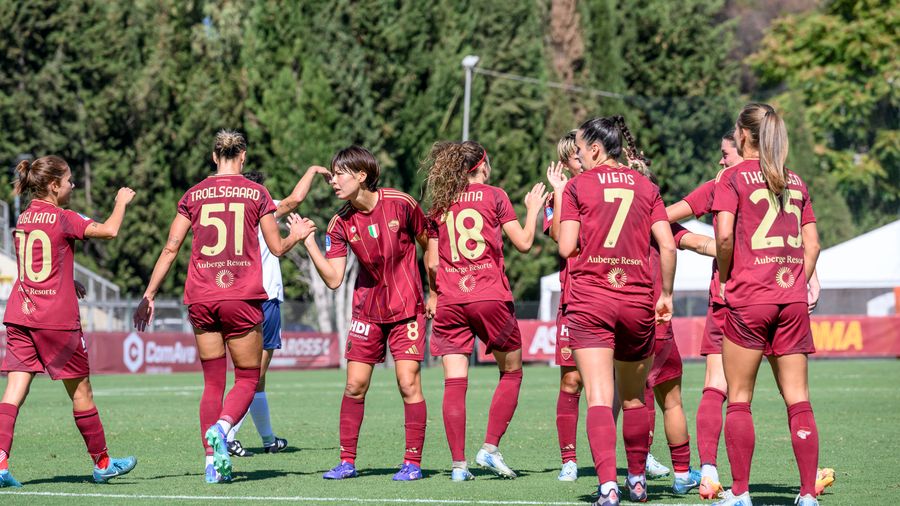Introduction
The AS Roma Women’s football team has emerged as a formidable contender in Italy’s Serie A and European competitions. With growing popularity and increased support, the team’s performance on and off the pitch signifies a significant shift towards greater recognition of women’s football. Their inspiring journey is crucial not only for fans of the club but also for the global growth of women’s sports.
Team Overview and Milestones
Founded in 2018, AS Roma Women quickly made a name for themselves in Serie A Femminile. Under the guidance of Coach Alessandro Spugna, the team has progressively improved their performance in domestic and continental competitions. In the 2021-2022 season, they reached the UEFA Women’s Champions League group stage for the first time, showcasing their commitment to competing at the highest level.
This season has seen AS Roma Women fighting fiercely for the top spots in the league, including thrilling matches against rivals like Juventus and AC Milan. Notably, the team’s star players, such as captain Elisa Bartoli and prolific goalscorer Paloma Lázaro, have been pivotal to their success, demonstrating exceptional skill and leadership on the field.
Recent Achievements
AS Roma Women recently continued their strong performances, achieving several significant wins, which were highlighted during the club’s participation in the Coppa Italia. Their victory against Fiorentina in the semi-finals demonstrated their determination and tactical adaptability. The team’s rising stats reflect their resilience and ambition, as they seek not just national titles but also aim for a prominent place in European tournaments.
Significance and Future Outlook
The AS Roma Women are not just shaping football in Italy but are also part of a larger trend promoting women’s sports globally. Their growth highlights increasing support for female athletes and the importance of investment in women’s football. In light of recent performances, it’s expected that the team will continue to attract fans, sponsors, and media attention, propelling them toward greater achievements.
Looking ahead, the club is focusing on nurturing young talent and expanding their youth academy, ensuring a steady future flow of skilled players into the senior team. This strategic approach, coupled with a strong community presence, positions AS Roma Women as a beacon of hope and progress within women’s football.
Conclusion
As AS Roma Women continue to build on their recent successes and expand their impact, they are proving to be more than just a football club; they are champions for change in women’s sports. Their trajectory not only inspires aspiring sportswomen but also highlights the importance of female representation in athletics. With the right support and continued hard work, AS Roma Women could very well become one of Europe’s elite women’s football teams in the years to come.


